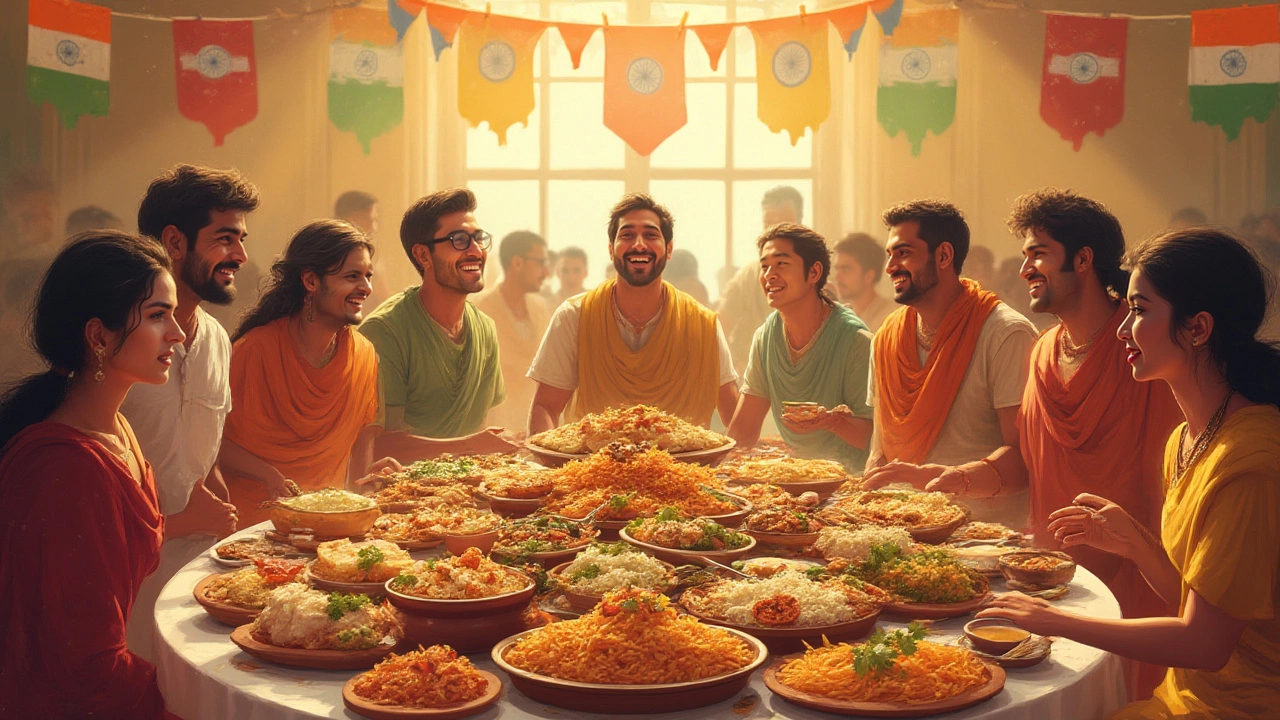SEARCH
Curry – India’s Flavorful Journey Across Regions
If you think all Indian food tastes the same, you’re in for a surprise. Curry in India isn’t a single dish; it’s a whole family of sauces, gravies, and spice mixes that change from one state to the next. Knowing the basics helps you pick the right bowl whether you’re in Delhi’s bustling markets or Kerala’s quiet backwaters. Let’s break down what makes each curry unique and how you can enjoy them while traveling.
What’s behind the magic? Key spices and base ingredients
The backbone of any Indian curry is the spice blend, called masala. Common players are cumin, coriander, turmeric, and mustard seeds, but the ratios shift dramatically by region. North Indian curries often start with a tomato‑onion puree and a dollop of ghee, while South Indian versions rely on coconut milk, tamarind, and curry leaves. Understanding these core ingredients lets you guess the flavor profile before the first spoonful hits your tongue.
Regional flavors – from the plains to the coasts
In the north, think creamy kormas, rich butter chicken, and tangy dal makhani. These dishes balance heat with mellow dairy, making them a favorite for first‑time visitors. Travel to the west and you’ll meet Gujarati dhokla‑style curries—sweet, slightly sour, and often served with a side of jaggery. Heading south, the game changes: coconut‑based fish curries, spicy beef udupi, and peppery chicken Chettinad dominate the menu. Each region’s climate and local produce shape its signature curry.
East India adds its own twist with mustard seeds and poppy seed pastes, giving dishes like Bengali fish curry a sharp, pungent edge. Meanwhile, the northeast offers lighter, fermented bamboo shoot curries that surprise the palate with earthy notes. No matter where you go, the local market is the best place to taste a fresh, authentic curry—look for bustling stalls, steam rising from large pots, and locals queuing for a quick bite.
When you’re on the road, a quick tip: ask for “mild” or “spicy” in the local language (e.g., “thodi teekha” in Hindi) to control the heat. Most restaurants will adjust the chilies without compromising the core flavor. Also, don’t skip the side dishes—rice, roti, or naan are meant to soak up the sauce, turning every bite into a balanced experience.
If you’re planning a food‑focused itinerary, consider adding these stops: Delhi’s Old City for buttery dal and kebabs; Amritsar’s Langar for hearty chickpea curry; Hyderabad’s biryani houses where the gravy is a fragrant, saffron‑kissed mix; and Kochi’s waterfront eateries serving fish curry straight from the sea. Each spot offers a distinct version of curry that reflects local culture and history.
Ordering like a local is simple: point to the dish on the menu, use the word “curry” to signal you want sauce, and specify the protein or veg you prefer. Most places will suggest a popular house special. Don’t be shy about asking for a side of fresh lime or a splash of yogurt—these help balance spice and add a refreshing finish.
Bottom line: Indian curries are as varied as the country’s landscapes. By learning the basic spice cues, regional differences, and where to find authentic versions, you’ll turn every meal into a highlight of your trip. So the next time you sit down at a table, embrace the flavors, ask questions, and enjoy the culinary adventure that only India can serve.

India's National Dish: The Truth Behind the Nation's Culinary Crown
Is there a single dish that represents India? Find out if India has an official national dish, which foods earn local pride, and the truth behind curry's fame.
Continue reading